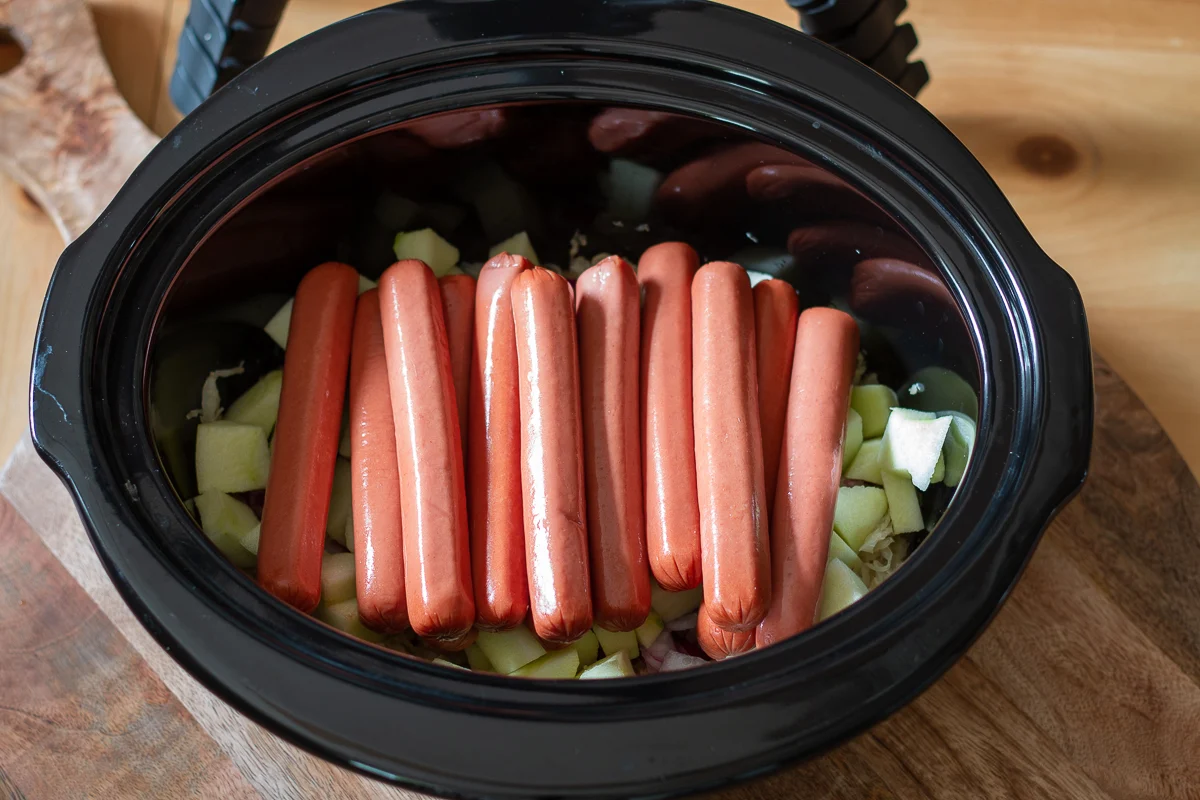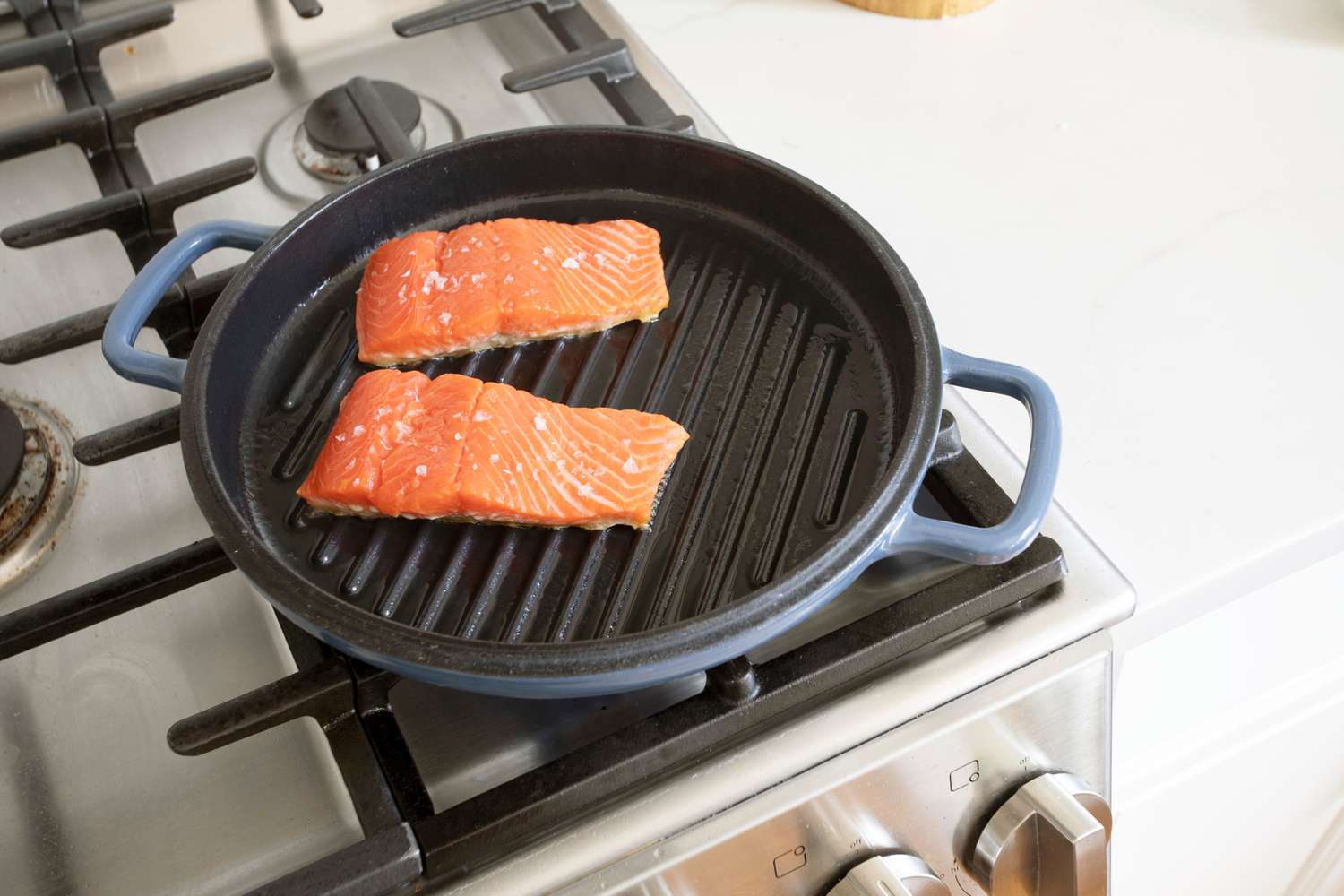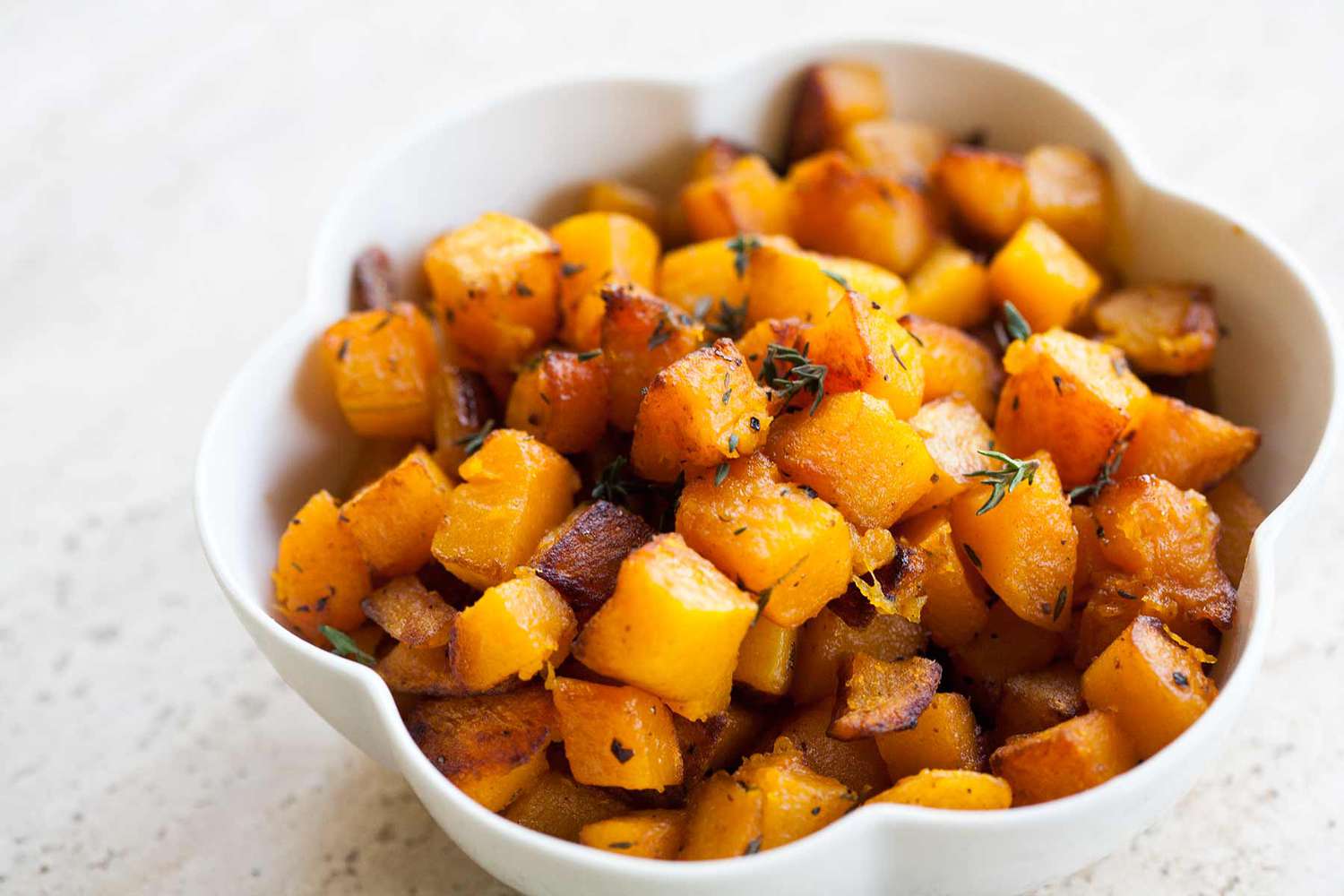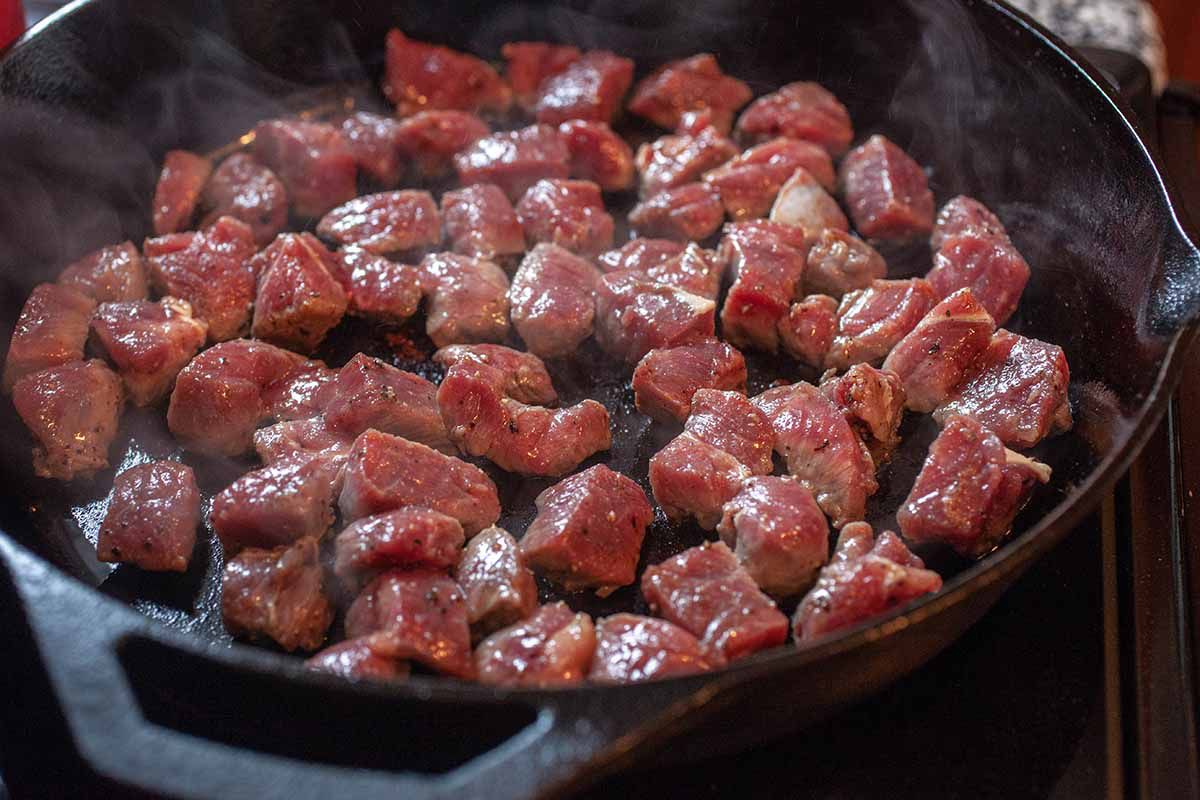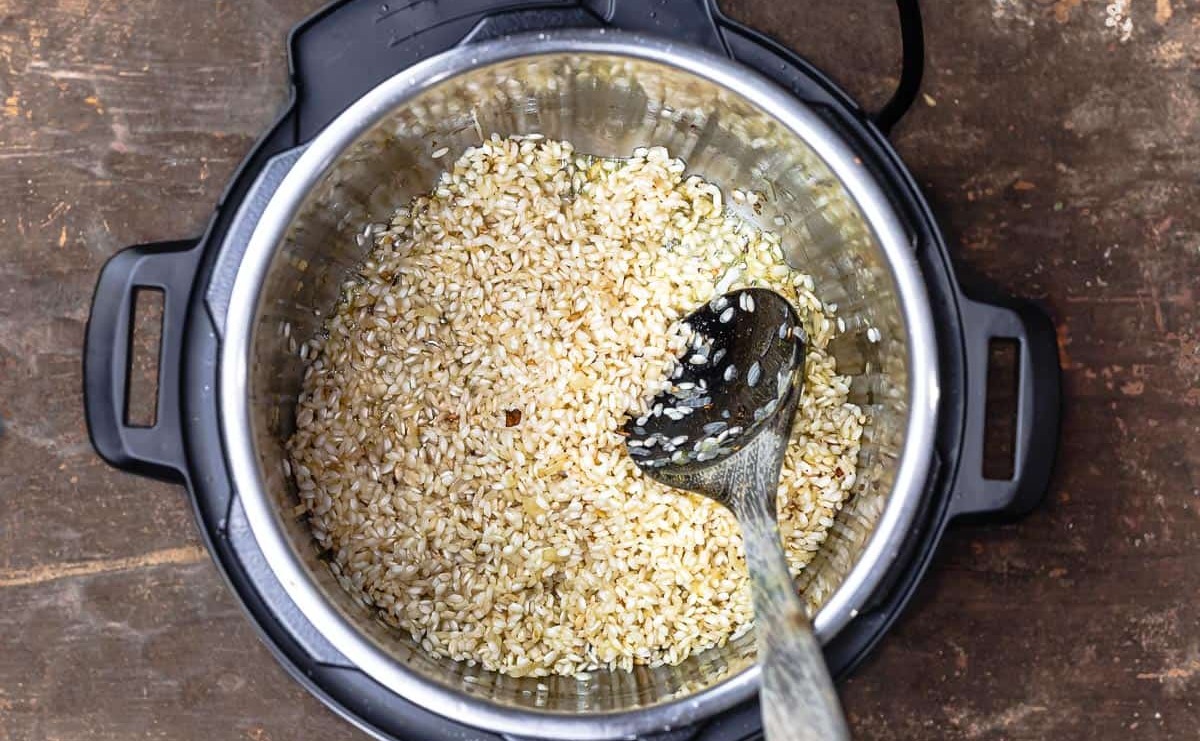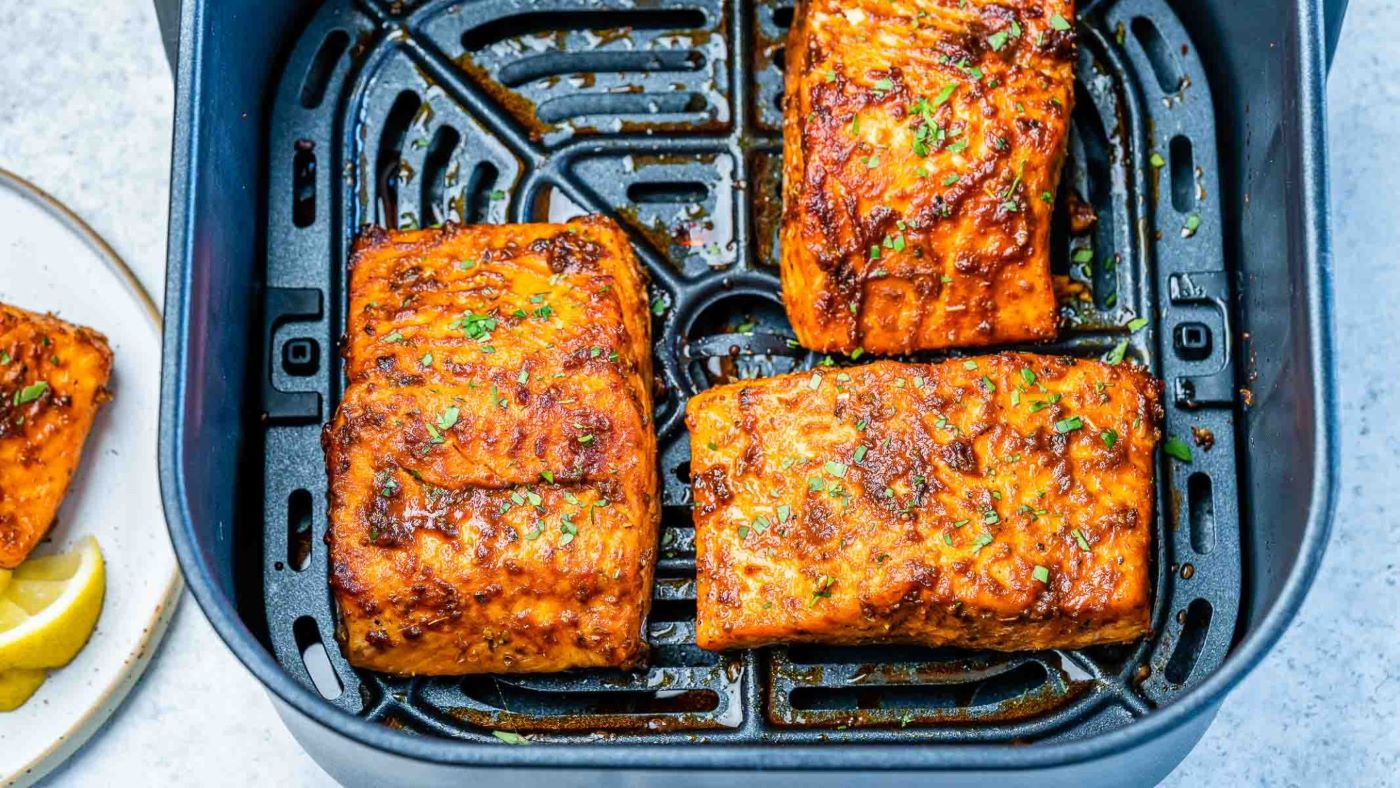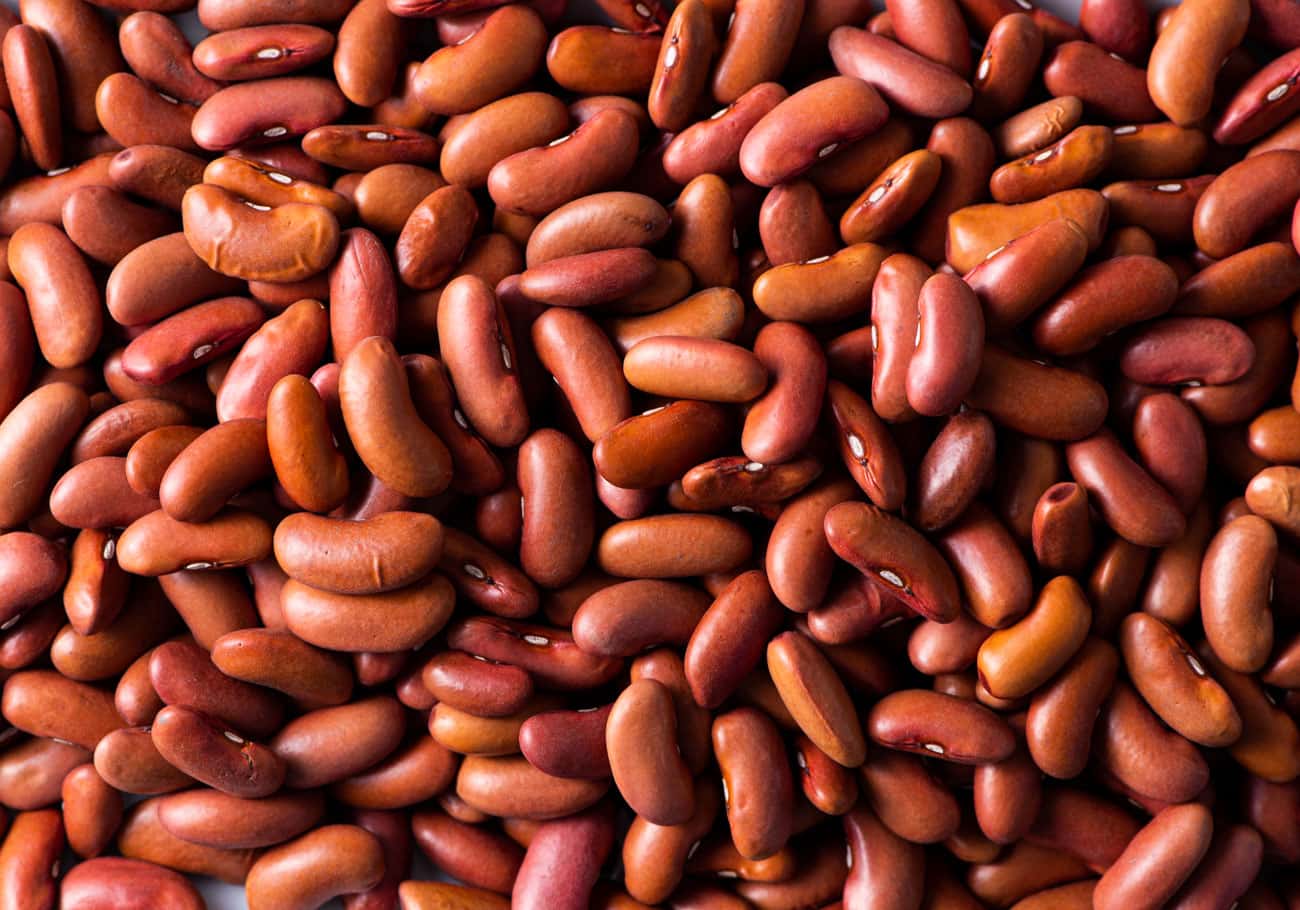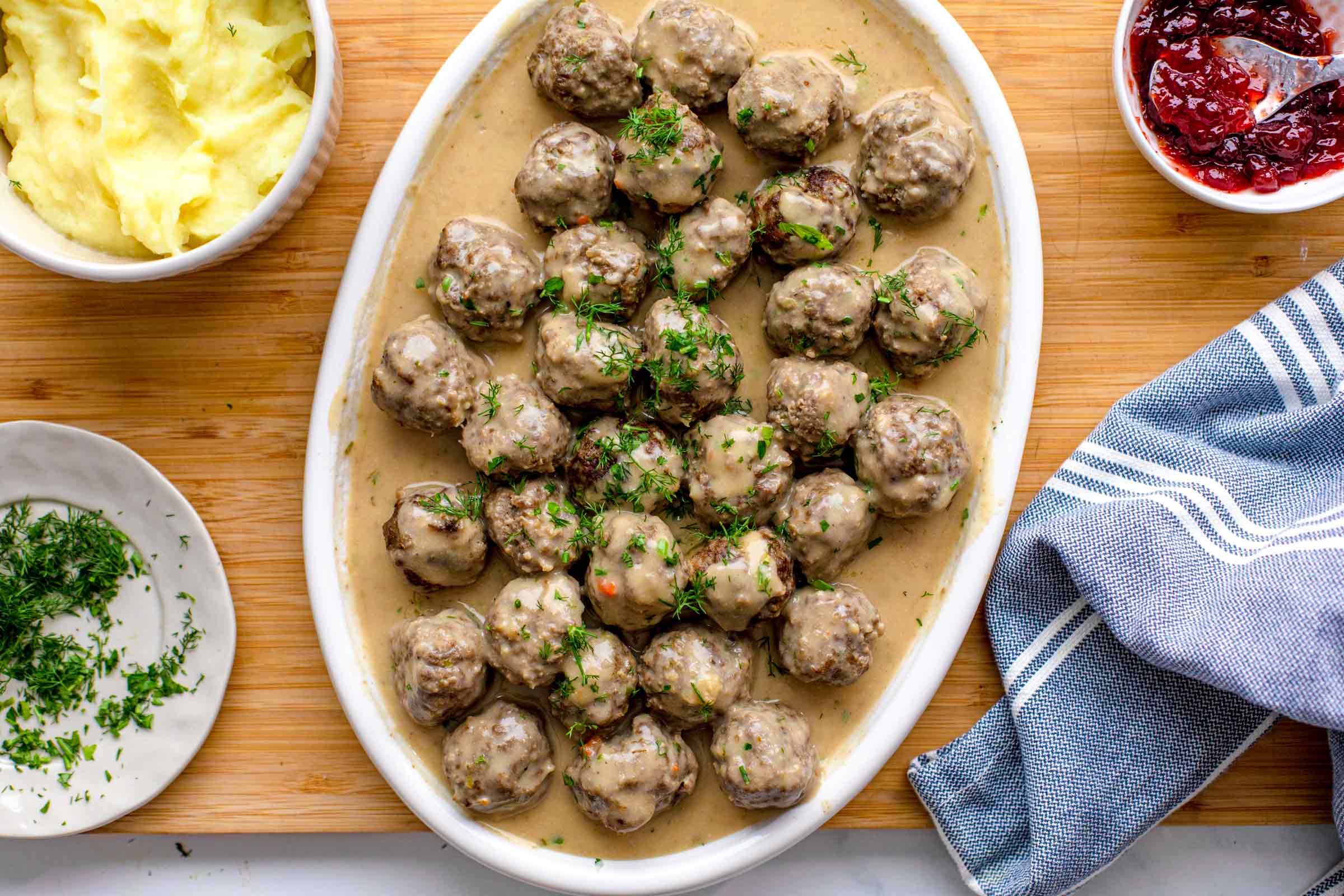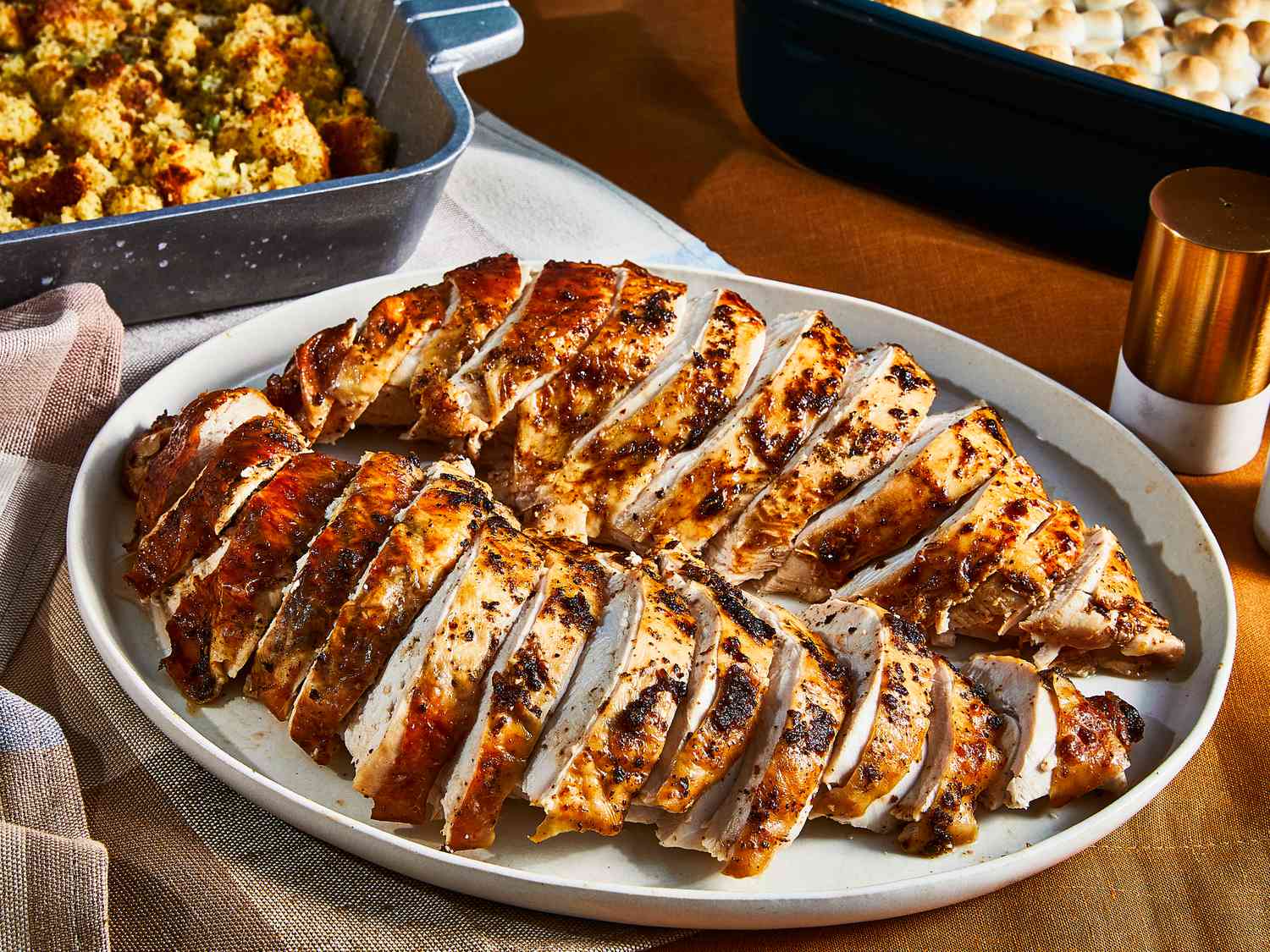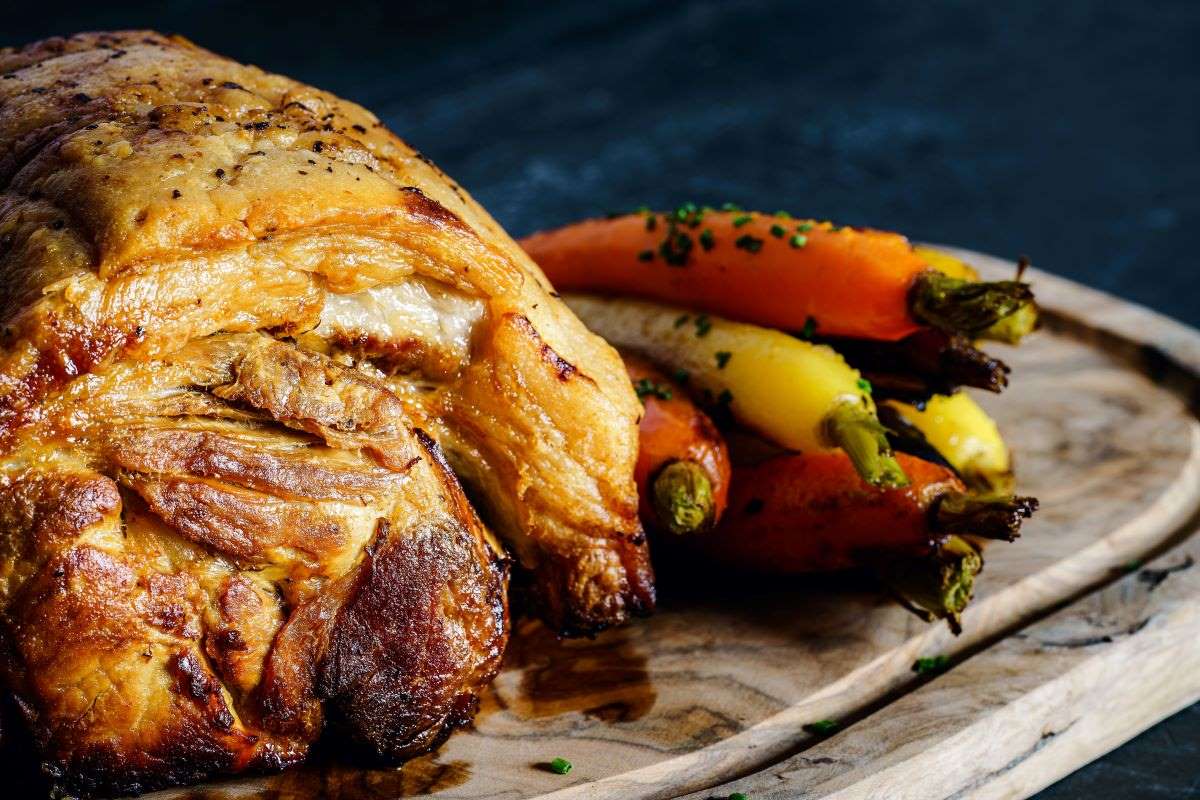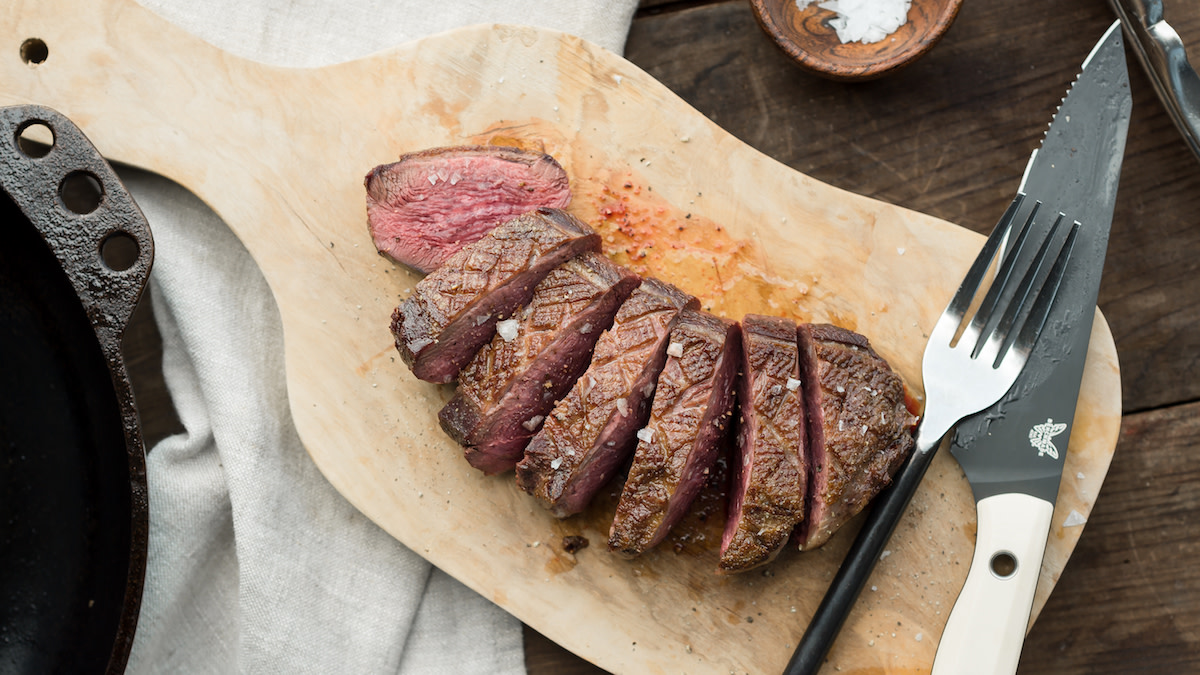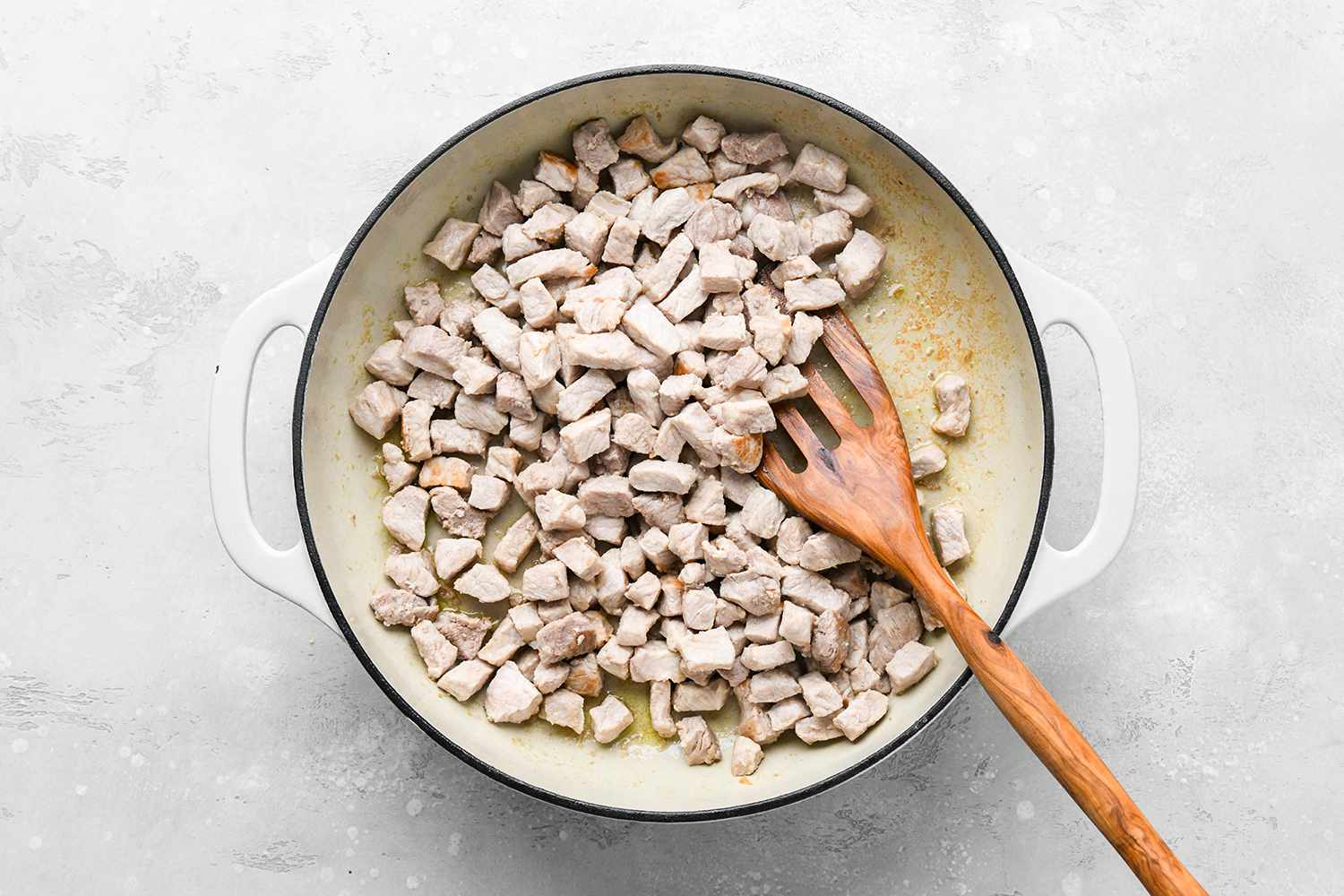A Delicious and Nutritious Guide to Cooking Buckwheat Noodles
Buckwheat noodles, also known as soba noodles, are a popular staple in many Asian cuisines. With their unique nutty flavor and gluten-free nature, they have gained popularity worldwide. Whether you’re a seasoned chef or a novice in the kitchen, learning how to cook buckwheat noodles is a skill worth mastering.
Why Choose Buckwheat Noodles?
Before we dive into the cooking process, let’s take a moment to appreciate the health benefits of buckwheat noodles. These nutrient-packed noodles are not only gluten-free but also contain essential amino acids, vitamins, and minerals.
- Buckwheat noodles are an excellent source of protein, making them a great choice for vegetarians and vegans.
- They are low in calories, making them a suitable option for those watching their waistline.
- These noodles are rich in fiber, aiding in digestion and promoting a healthy gut.
- They are also packed with minerals such as manganese, magnesium, and zinc, which are vital for various bodily functions.
Preparing the Noodles
Before we start cooking, it’s important to prepare the noodles properly:
- Fill a large pot with plenty of water and bring it to a rolling boil.
- While waiting for the water to boil, grab a bunch of buckwheat noodles and separate them gently using your fingers.
- Once the water is boiling, carefully add the noodles to the pot.
- Stir gently to prevent sticking and cook according to the package instructions. Typically, soba noodles take around 6-8 minutes to cook, but be sure to check the package for specific cooking times.
- Once the noodles are tender but still have a slight bite to them, drain them immediately using a colander or strainer.
- Rinse the noodles under cold running water to remove excess starch and stop the cooking process.
Enjoying Your Buckwheat Noodles
Now that you have perfectly cooked buckwheat noodles, let’s explore some delightful ways to enjoy them:
- Create a refreshing noodle salad by tossing the cooked noodles with fresh vegetables such as cucumber, carrots, and bell peppers. Add a splash of tamari or sesame dressing for extra flavor.
- Make a traditional Japanese dish by serving the noodles in a hot dashi broth with a side of tempura or grilled fish.
- Stir-fry the noodles with your favorite vegetables and proteins, such as tofu or shrimp, for a quick and satisfying meal.
- Experiment with fusion recipes, like replacing regular pasta with buckwheat noodles in a classic Italian pasta dish.
Remember, buckwheat noodles are versatile, so don’t hesitate to get creative in the kitchen! Explore different flavor combinations, sauces, and toppings to find your perfect buckwheat noodle creation.
Final Thoughts
Cooking buckwheat noodles opens up a gateway to a world of delicious and wholesome meals. With their incredible health benefits and versatility, they are a fantastic addition to any culinary repertoire. So, grab a bag of buckwheat noodles, follow our guide, and let your taste buds take a delightful journey!
More Delicious Buckwheat Noodle Recipes to Try
After mastering the basics of cooking buckwheat noodles, it's time to put your skills to the test with an array of exciting recipes. For those new to buckwheat noodles, Classic Soba Noodle Soup with Tempura provides a comforting introduction with its warm broth and crispy tempura. If you're seeking something refreshing, try the Cold Soba Noodle Salad with Sesame Dressing, perfect for a light lunch. For a more substantial meal, the Soba Noodles Stir-Fry with Vegetables and Tofu is highly recommended due to its robust flavors and nutritious mix of ingredients. Lastly, don't miss the Korean Bibim Guksu for a spicy kick that showcases the versatility of buckwheat noodles in Korean cuisine.
Was this page helpful?
Read Next: How To Cook Beef Skewers In Oven
